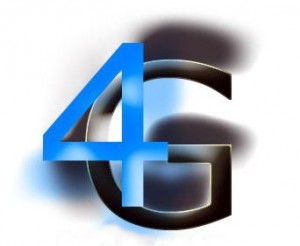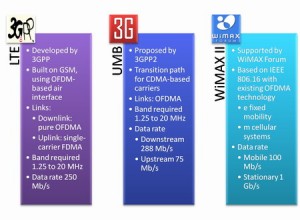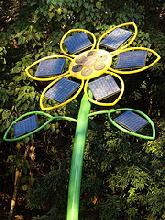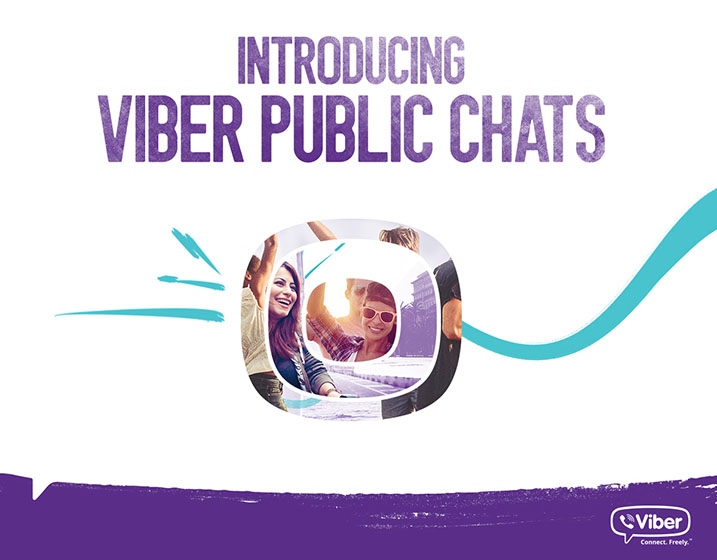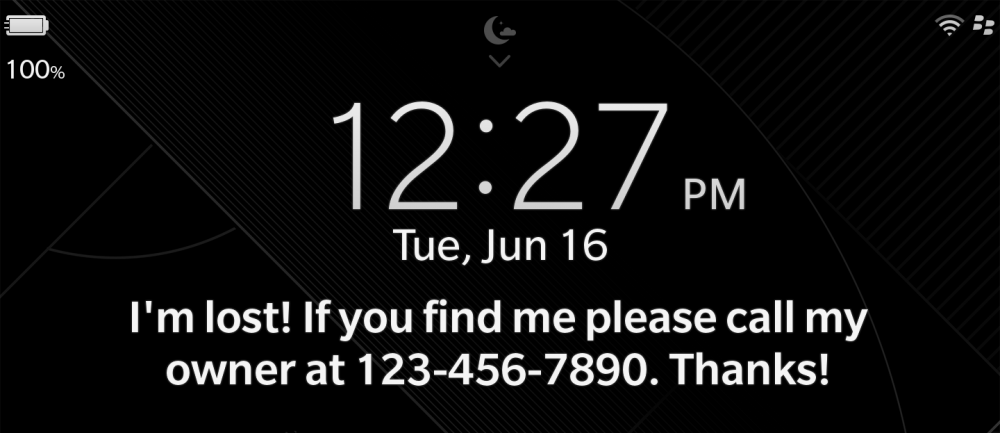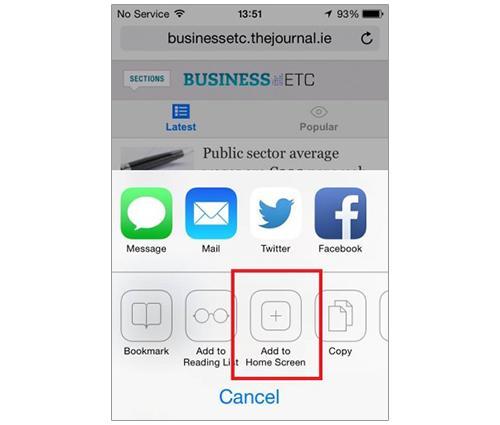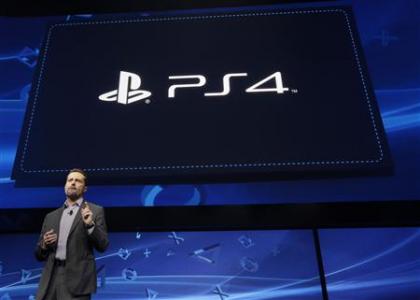What is 4G? Where can I get it? What’s the difference between LTE and WiMax? We unravel the confusing terminology and hype to expose the next-generation wireless technology.
Five years ago, “going online” with a cell phone typically meant opening a crunched up mobile browser on your slick new Motorola Razr, taking a full minute to type out a search term on a god-awful numeric keypad, and fishing around for sports scores on one of a handful of sites you can actually browse. How times have changed.
A new generation of data-savvy smartphones led by the likes of Apple, Google and Palm have turned handsets into portable televisions, radios, and online gaming platforms as much as phones. And they’re all trying to squeeze data through the same sliver of airwaves we used back in those Razr days. Like a city’s entire population suddenly switching from Geo Metros to Ford Excursions, telecom providers are finding their 3G networks choked by voracious consumers. That’s a problem.
Enter 4G. The oft-discussed predecessor to present-day technology has existed in technical papers and IT rags for years, but only recently has it actually begun to go mainstream with the promise of broadband connection speeds without the wires. Wondering what 4G is, what it’s capable of, and whether you should hop on board? You’ve come to the right place.
What is 4G?
Don’t let this surprisingly intuitive naming scheme spin you around: 4G simply means fourth generation. Before it, there were 3G technologies like HSDPA and EV-DO (like on an iPhone or Motorola Droid), and before them, there were 2G technologies, like EDGE and GPRS (like on that old Razr). All of the “Gs” represent umbrella terms for a number of different technologies, and 4G is no different. The competing 4G technologies in the United States are known as Long Term Evolution (LTE) and WiMax.
Although the term “4G” has been tossed around a lot in relation to WiMAX, the reality is that the International Telecommunications Union has not yet to define what “4G” actually means. According to most of telecommunication professionals, the main technologies that are associated with this position include WiMAX, Long Term Evolution (LTE) and Ultra Mobile Broadband (UMB). To better understand the nature of the players involved in so-called 4G technologies, Wikipedia provides some helpful definitions for LTE and UMB (for a definition of WiMAX, see above) :
Ultra Mobile Broadband : An ultra fast technology that supports more than an order of magnitude increase in broadband data throughput rates to economically deliver IP-based voice, multimedia, broadband, information technology, entertainment, and consumer electronic services within most kinds of devices. A platform that supports several wireless services within a full mobility environment and thus differentiates itself from Wi-Fi, WiMAX, UWB, etc. Ultra high-speeds that are in the order of 100s of megabits per second; next-generation capabilities, beyond 3G.
Long Term Evolution : 3GPP LTE (Long Term Evolution) is the name given to a project within the Third Generation Partnership Project to improve the UMTS mobile phone standard to cope with future requirements. Goals include improving efficiency, lowering costs, improving services, making use of new spectrum opportunities, and better integration with other open standards. The LTE project is not a standard, but it will result in the new evolved release 8 of the UMTS standard, including mostly or wholly extensions and modifications of the UMTS system.
LTE vs. WiMax
Engineers could fill volumes on the minute technical differences between the way these two different technologies handle data, pieces of the radio spectrum, and voice, but the main thing you need to know is simply that they’re not compatible. A WiMax device won’t work on an LTE network, even though they’re both 4G, the same way an HSDPA device won’t work on an EV-DO network, even though they’re both 3G.
Who’s pushing what? Verizon and AT&T have both put their weight behind LTE in the U.S., while Sprint and Clear (which work in a partnership) have both embraced WiMax. The latter companies already offer WiMax in select markets, giving them a slight head start, but many experts believe LTE will eventually reach greater saturation due to its big-name backing. Unlike the HD-DVD vs. Blu-ray war, there’s a good chance both standards will continue to exist in parallel.
Pedal to the Metal: 4G Speed
One standard must be faster than the other, right? Well, in the labs, yes, but don’t take the numbers any more seriously than the 140mph speedometer on a Mustang: You’re never going to get there cruising around downtown.
Theoretically, WiMax should cap out at about 70 Mbps and LTE at about 100 Mbps for downloads, but again, both speeds represent pure fairytales. Real-life speeds should actually be quite close, and like existing 3G standards, they’re likely to leapfrog each other as carriers upgrade through different versions, expand their networks, and implement new hardware.
The world’s first LTE network – owned by TeliaSonera in Stockholm, Sweden – has been said to hit peak speeds of 12 Mbps down and 5 Mbps in independent testing, even though the carrier claims speeds of up to 50 Mbps. Verizon claims nearly identical speeds from its field tests in Boston and Seattle.
Meanwhile, Clear claims up to 6 Mbps download speeds and 1 Mbps upload speeds for its mobile WiMax network here in Portland, Oregon, but we never managed to get above 3 Mbps down and 350 Kbps up in our own testing. Other benchmarks seem to confirm these speeds, but until both types of 4G spread past these rather limited initial trials, comparing the two technologies head to head seems largely fruitless.
Cost
Despite the enormous cost associated with rolling out a brand new wireless standard nationwide, 4G rates closely resemble what you might already pay for 3G data access. Clear, for instance, offers unlimited basic service for $30 monthly, and Sprint rolls both 3G and 4G service into one plan for $60.
Verizon and AT&T haven’t yet announced pricing for their upcoming LTE service, but Verizon has hinted that the all-you-can-eat unlimited plans we’re accustomed to may disappear in favor of tiered pricing – which could extend down to 3G service as well.
Timeline for Availability : Depending on where you live, you may already have 4G service available. Clear and Sprint have already launched WiMax in 29 cities, including Philadelphia, Austin, Atlanta, Portland, Dallas and Seattle. Verizon, meanwhile, says it may have LTE service ready to roll in 25 to 30 markets by the end of the 2010. Although not all cities have been revealed, Verizon has revealed trials in Minneapolis, Columbus, Ohio, Seattle and Boston. AT&T will likely be the last to get the pieces of its 4G network into place, planning for a 2011 deployment.
4G Phones : Although 4G USB modems and Wi-Fi hotspots have become fairly commonplace, 4G phones remain a relative rarity. Sprint claims it will launch its first 4G capable phones this summer, while Verizon says it will follow a year later in the summer of 2011.
e-News® Exclusive from TecHead







